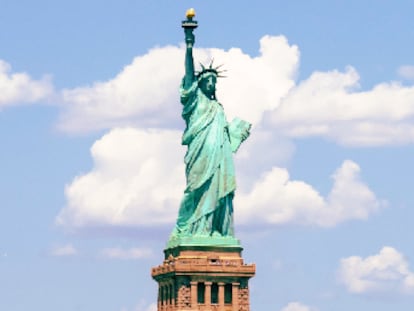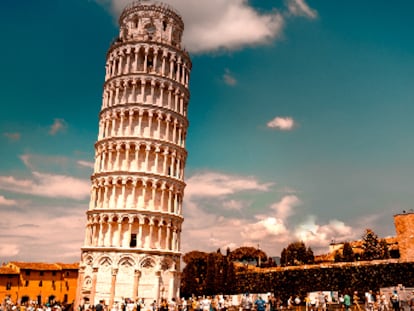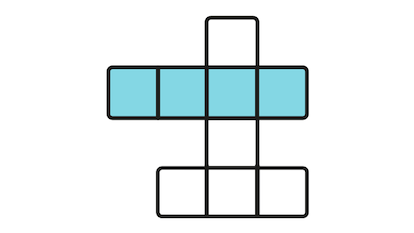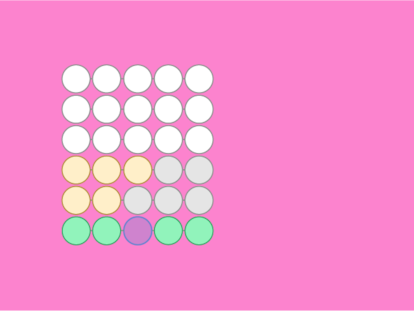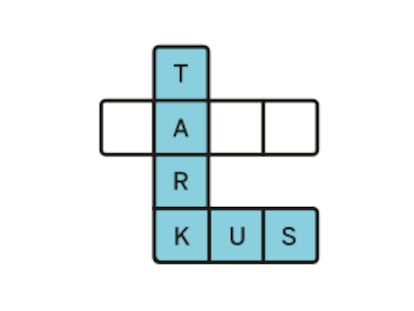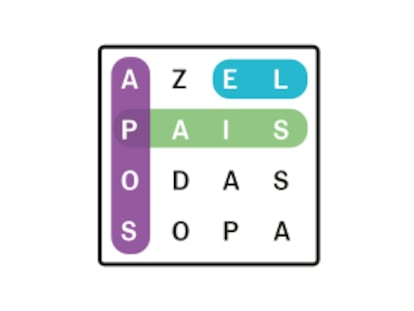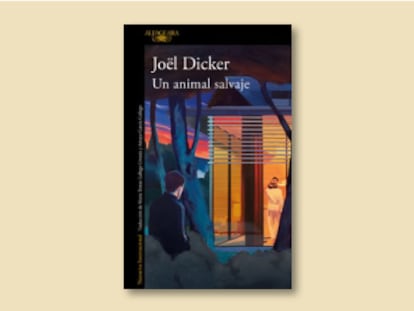Do Animals have Imagination?
Using pictures to study the representational abilities of great apes
The above quote is the closing paragraph of Wolfgang Köhler's classic The Mentalities of Apes, published in 1925. Köhler was a psychologist who conducted experiments and observations on chimpanzees, and is considered one of the founding fathers of cognitive primatology. He chose to look at chimpanzees' performance with pictures after having observed their fearful reactions to stuffed toy animals and cardboard face masks. He observed that it seemed necessary for the toy animals to have some likeness to real animals, "nearness to life," in order to invoke fear. The stuffed animals invoked even stronger responses than did most real animals. He concluded that the stuffed animals, not being fully real, played on the imagination in a way that real animals did not.
Interpreting, or "filling in" what is not there, is one definition of imagination. Animals have long been thought not to be able to move beyond what is directly in front of their senses, and proving imagination has thus far-reaching importance.
Pictures have been used as stimuli since the early days of animal cognition research to assess questions of for example categorisation; which objects do animal group as "similar" at the expense of other objects? Pictorial stimuli have been used with such success that few scientists have asked the questions of why they work, and what it means. Since animals of all kinds readily accept pictures as examples of real-world objects, it must mean that pictures are simple and intuitive phenomena. This idea easily lends itself to the conclusion that there are only two ways of viewing pictures: you either recognize them or you do not. This destiny was apparent already in the quote above.
Köhler's picture experiments were simple. He developed a photograph of an empty crate and another photograph of a crate full of bananas, and pasted these on two boxes baited with fruit. Results were mixed. Only one chimpanzee reliably chose the banana photograph. Köhler then created two new photographs: one of bananas and one of a rock. The subjects now performed much better, which Köhler ascribed to the superior quality and nearness to life in the second pair of pictures.
However, from the point of view of our own experience a distorted photograph is not necessarily more difficult to recognize than one that depicts reality more truthfully. Adult humans readily decode pictures that are far removed from the real perceptual world, like cartoons. We can even intend to see likeness where there is not supposed to be any, like faces in the clouds.
I suggest that there are at least three ways in which an animal can appreciate a pictorial display. Firstly, one can judge correspondences while circumventing recognition on a categorical level. That is, one can sort pictures of apples on a level (e.g. colour) that does not involve realising that it is apples that one sorts. Secondly, pictures can be meaningful due to their likeness to the real world, but without being sufficiently separated from this, leading to the perception of pictures as part of reality and not about reality. The picture-apple is then mistaken for some kind of real apple.
Thirdly, pictures can become meaningful through likeness to the real world while still being sufficiently separated from it in order not to be confused with it. "Reference" then lies in the specification of what the picture is similar to, and why it is not itself this thing.
The animal psychologist must always be aware of the fact that a behaviour can have several types of underlying processes which may differ between individuals, species or situations. Not making the distinction between different forms of competence with pictures is thus a mistake and can lead to the wrong conclusions.
Only the third of the above three modes entails understanding pictures as pictures, i.e. a referential understanding of pictures. This type of processing is interesting for several reasons. For example, only when pictures are viewed in a referential way does an interpreter have a reason to assume that the picture is informative about things that are not in the picture itself, such as movement, where an object might be hidden in the real world, or that the orange thing in Donald Duck's face is a beak. A pictorial mode that depends on filling in information that is not directly available to the senses would be a case of imagination. But in order to apply an interpretation of this kind the viewer must first expect there to be something meaningful to interpret!
When returning to Köhler's picture experiments it is suggestive that what his test captured was not a referential ability. Had the chimpanzees seen the photographs as views of objects they would not so easily have been confused by a slightly distorted photograph. They did not seem to have applied an interpretation. But this is not to say that there are not chimpanzees with a true pictorial ability. There is evidence that some individuals do interpret pictures, even abstract ones like cartoons. This not only proves that animals can have some form of imagination. By studying these individuals' histories and compare them with individuals that are less able, we can also learn more about pictorial competence as such.
In addition to being a tool to study imagination, proving true pictorial ability in animals can also help us to cast light on our own cognitive prehistory. Although the picture is a fairly recent cultural creation the pictorial mind might not be, and might not even be restricted to human brains.
Tomas Persson, Lund University.- www.atomiumculture.eu













